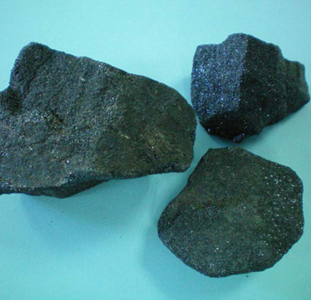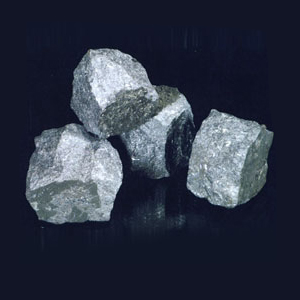【Ferro-alloys.com】: Himoinsa, a global leader in the design, manufacturing and distribution of power generation systems, has delivered a 24 MW power plant for a metallurgy facility in Kouriah, strengthening energy resilience in one of Conakry's key industrial zones. The installation comprises 12 HTW 2030 T5 diesel gensets, SCADA control systems, fuel automation and medium-voltage switchgear, engineered to ensure operational continuity amid persistent grid reliability challenges in the region. What led to this significant growth in the capital city of Guinea?
Guinea's capital, Conakry, occupies lion’s share of bauxite export in Q1’25
The power infrastructure upgrade follows significant growth in Conakry's bauxite sector, which saw a 39 per cent year-on-year increase in exports during Q1 2025, reaching 48.6 million tonnes. This surge, driven by strong demand from China and enhanced port capacity, also saw vessel departures rise to 312 from 225 in the same period last year. In H1 2025, total bauxite exports hit 99.8 million tonnes, up by 36 per cent, positioning Conakry to surpass 199 million tonnes by year-end, compared to 148 million tonnes in 2024.
In comparison, Guinea's bauxite exports surged to approximately 99.8?million tonnes in the first half of 2025, representing a 36 per cent increase year?on?year from 73.4?million tonnes in H1 2024. This sharp rise was driven by soaring Chinese demand, with state-owned and joint?venture Chinese firms like CHALCO, CDM?CHINE and SPIC exporting significant volumes from Guinea despite regulatory crackdowns. Diversified port infrastructure, including nine active facilities, helped support the growth.
Infrastructure enhancements and the presence of high-grade bauxite deposits underpin Conakry's export momentum. Diversification of port operations has alleviated logistical bottlenecks, with Dapilon, Katougouma and Kokaya ports collectively managing over half of the current export volumes. The ongoing development of the Trans-Guinean Railway, led by Baosteel, Rio Tinto and the Guinean government, is expected to further boost export capacity, particularly from emerging assets like Arrow Minerals' Niagara project, which has confirmed high-grade mineralisation across a 5 km² area.
Société Minière de Boké led Conakry's bauxite exports in Q1 2025 with 18.4 million tonnes, followed by AGB2A/SDM and state-owned Chalco, which shipped 8 million tonnes and 5.1 million tonnes, respectively. The country continues to supply nearly 70 per cent of China's bauxite imports, supporting a 4 per cent year-on-year rise in Chinese aluminium production, which reached 18.9 million tonnes in the first five months of 2025. This sustained demand underscores Conakry's strategic role in the global aluminium value chain.
The Guinean government has implemented new policies to strengthen state involvement in the mining sector. Key measures include mandating that 50 per cent of all bauxite exports be transported under the national flag through the newly launched Guinéenne des Transports Maritimes. Additionally, the introduction of the Guinea Bauxite Index aims to enhance pricing transparency across the industry.
Conakry hosts premium-grade bauxite deposits, including Lindian Resources' critical minerals projects at Lelouma and Gaoual, which hold approximately 398 million tonnes at 48.1 per cent aluminium oxide and 84 million tonnes at 51.2 per cent aluminium oxide, respectively. These assets support the country's ambition to scale beneficiation, while near-term projects like Woula offer low-capital expenditure direct shipping potential.
However, achieving full value-chain integration remains a long-term objective, requiring continued investment in refining capacity, infrastructure and regulatory frameworks. Amid record bauxite prices, Conakry's resource strength and infrastructure advancements continue to draw significant investor interest.
- [Editor:Alakay]



 Save
Save Print
Print Daily News
Daily News Research
Research Magazine
Magazine Company Database
Company Database Customized Database
Customized Database Conferences
Conferences Advertisement
Advertisement Trade
Trade

















Tell Us What You Think